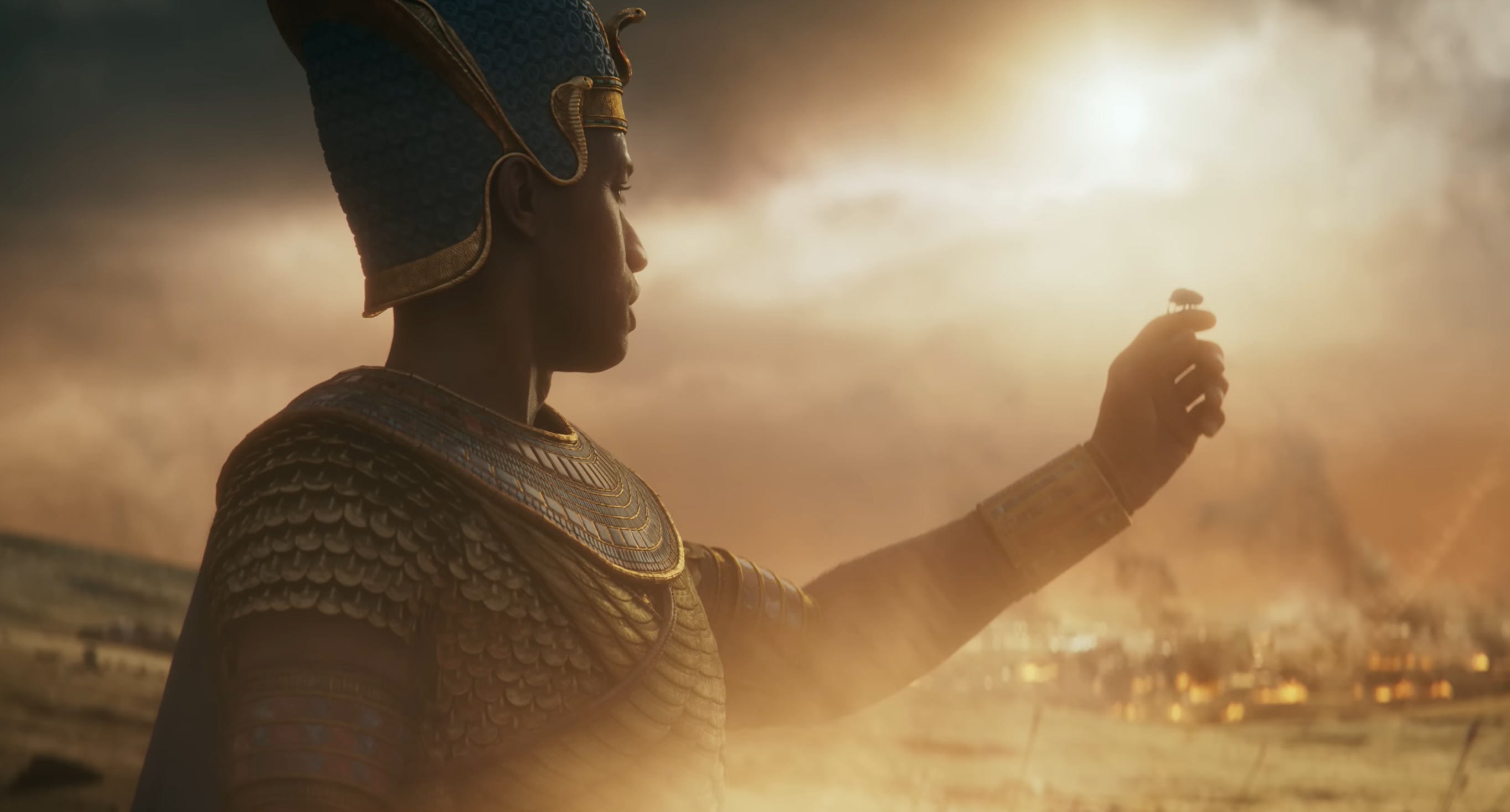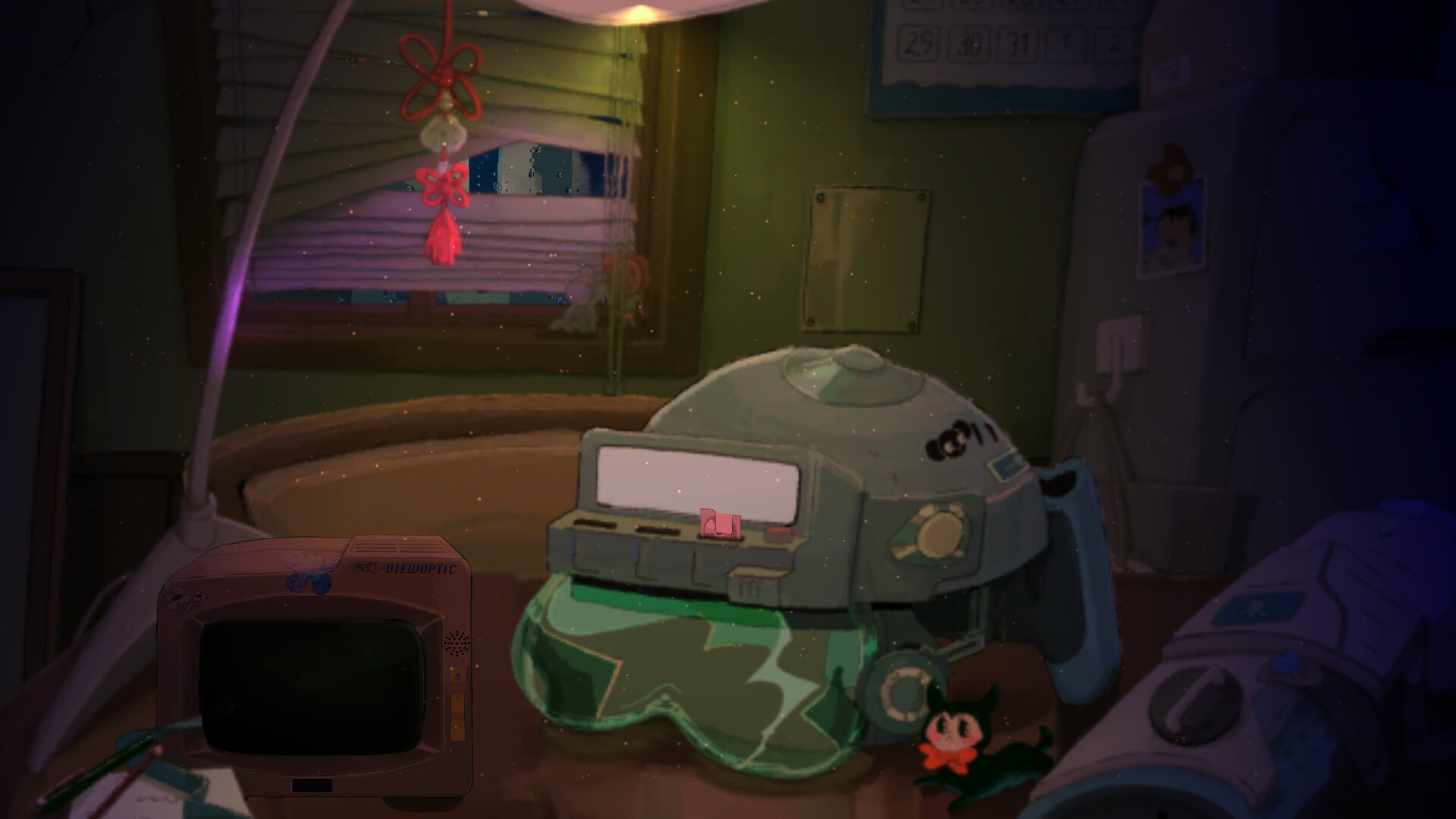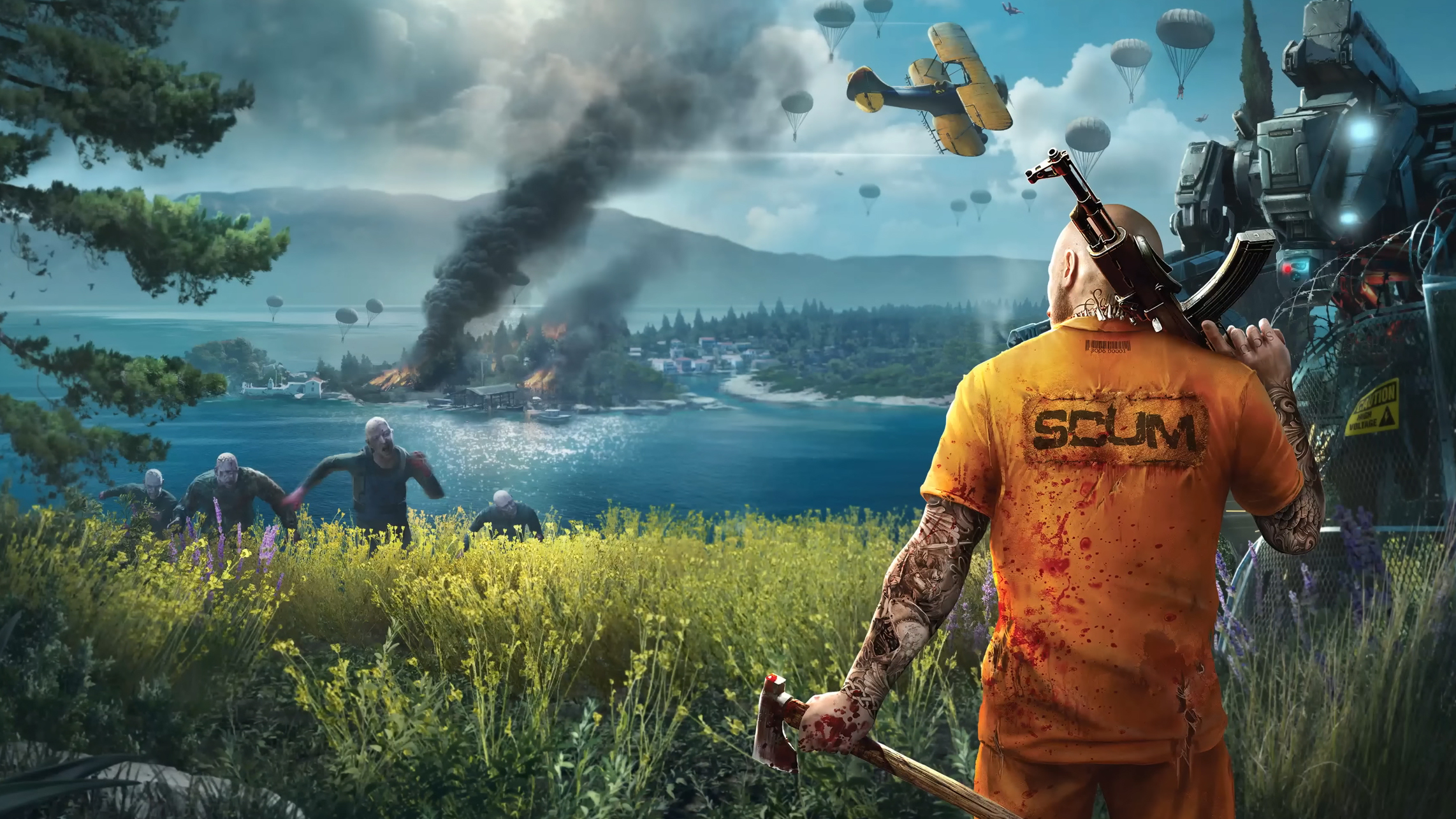
Total War: PHARAOH—why it’s a worthy heir to the throne
Total War: PHARAOH is looming on the horizon, and it’s bringing in some exciting changes to the Total War experience. Here’s everything you need to know, in three minutes.
As you might have sussed from the title, Total War: PHARAOH brings Creative Assembly’s incredible grand strategy formula to ancient Egypt.
It’s set during that great empire’s Bronze Age collapse—Pharaoh Merneptah has just died, and in his vacuum, a power struggle has broken out. There’s wider unrest across the empire too, brought on by natural disasters, unrest, and invasion from a severe threat to the entire empire – the Sea Peoples.
Wouldn’t you know it – several factions are all vying for supremacy, each with their own unique units, different starting locations, and distinct challenge levels. These leaders represent three distinct cultures: the Egyptians, and Canaanites, across eight playable factions. Who’ll prevail and become the next great Pharaoh?
Let’s look at the young prodigy Ramesses, for example. Despite his lesser royal blood, he has all the hallmarks to become a great leader but must contend with the ire directed towards him by those closer to power.
Whichever faction succeeds in painting the map their colour, they’ll need to master some new battle mechanics in this game. The pace of battle has been deliberately slowed, to really show you how your tactical decisions play out.
There are all kinds of new wrinkles to those tactics, too – unit weight, terrain, and an exhaustion system now play a key role in outcomes. Lots to keep an eye on, then.
Not even the strongest general can command the weather though, and with a new dynamic weather system in Total War: PHARAOH, there are seven different states to contend with, from storms that hamper missile unit effectiveness and the spread of fire, to sweltering heat that drains fatigue quicker, and where wildfires spread like – well, you know.
Weather can affect the terrain, so after it’s rained your previously perfect position might be muddy and slow your troops down. More than ever, it’s crucial to place your units strategically.
When you zoom in on the battle, you’ll see more detail, like matched hand-to-hand combat animations across the field, not just between generals. You’ll also notice bodyguards now adorned with customisable armour and weapons, protecting the top brass.
Unit stances give you more tactical control, too. Here’s a quick example: the new ‘give ground’ stance lets the opponent advance on you while you’re still engaging in battle and facing them. Remember that dynamic terrain system and its muddy areas after rainstorms? There’s your solution.
Digging deeper, there’s a new system governing armour degradation, so it’s worth checking in on your armoured units to see if – you know, they’re still actually armoured.
Sieges are still a big part of the experience here, with unique maps for key locations in the campaign that really capture ancient Egypt’s majesty. There’s a shake-up to how sieges work mechanically though, with multiple victory points added to siege and minor settlement battles to make them more dynamic.





